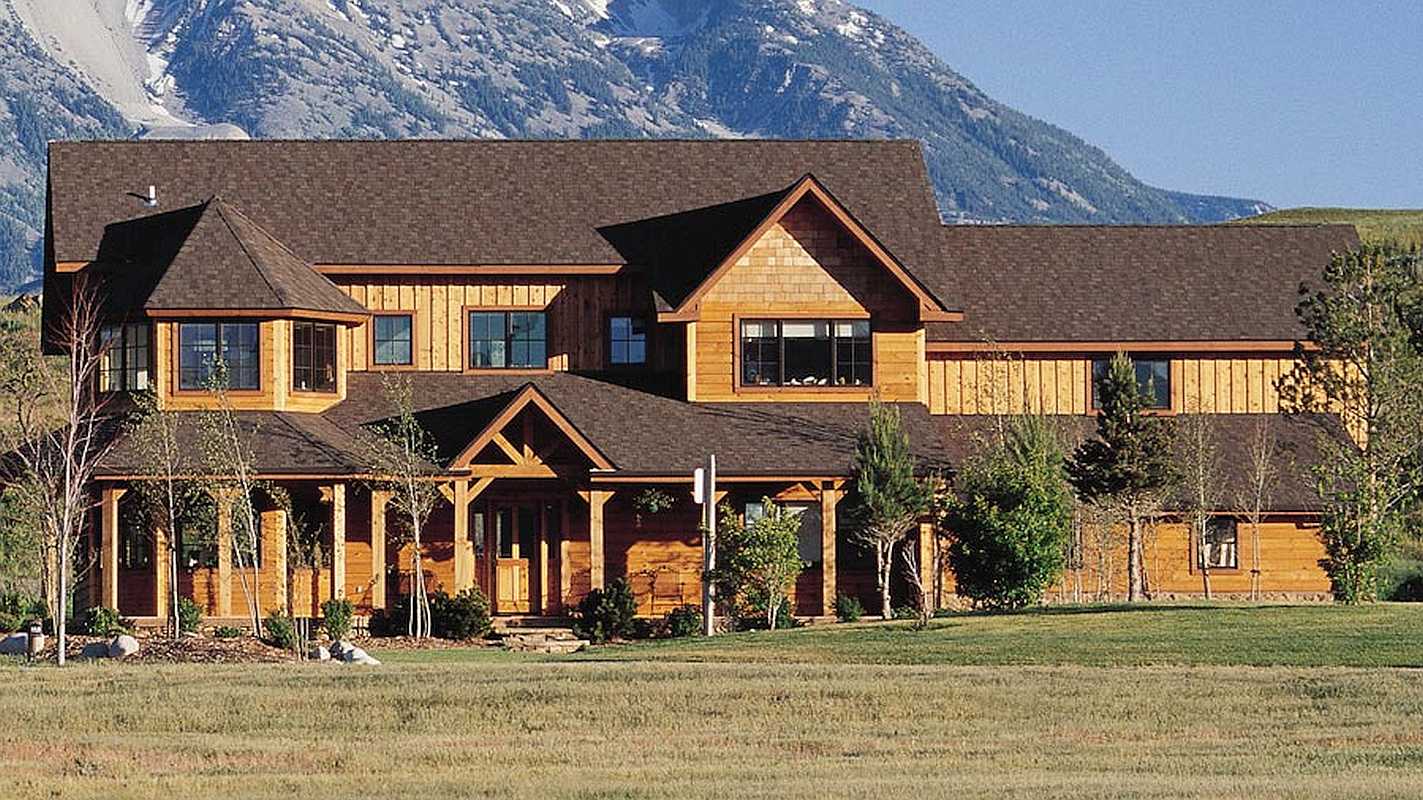Most people love seeing local wildlife, from turkeys and deer to hawks and bears. It’s a huge part of the appeal of building a log cabin.
But when it comes to wildlife on your property, it’s all about balance. The last thing you need is a black bear break-in or an army of deer trashing your rhododendrons.
What if we told you that it’s possible to make peace with the locals? Here are some wildlife-friendly strategies to create a harmonious wildlife cabin.
1: Create a pollinator-friendly garden.
If you love seeing pollinators like birds, bees, butterflies, and even bats in your yard, you’ll definitely want to build a wildlife-friendly garden. Opt for local, native plants for your cabin landscaping whenever possible. If you choose non-natives, make sure they’re not invasive in your region.
Hummingbirds love honeysuckle and other trumpet-shaped flowers, while bees go crazy for lavender and black-eyed Susans. Bees also love the flowers of mint, thyme, and chives, so plant an herb garden while you’re at it!
2: Outsmart plant-munching deer.
Deer can quickly decimate a beautiful garden. If you’re still in the planning phase of your log cabin project, you can build a deer-smart yard from the get-go. Here are some tips to keep your garden intact:
- Plant deer-deterring trees like cedar, hawthorn, and oak.
- Keep compost piles/bins away from the cabin (this will also keep bears away).
- Use sprinklers or motion-activated flood lights to scare off deer at night.
- Fence in your garden, and plant aromatics like chives, lavender, and garlic (deer don’t like strong smells).
- Collect hair from hair brushes and scatter it like mulch in your garden beds.
- Hang strong-smelling soaps in mesh bags or pantyhose around your property.
- Apply an organic deer repellent spray (such as hot pepper or soap spray) on plants and trees you want to protect; repetitive antler scraping during mating season can damage and even kill trees.
3: Feed birds, not bears.
Bears can be a problem in virtually every corner of the country, from the high deserts of California to the boreal forests of Maine.
Bears are notorious for becoming habituated to humans, especially if you leave tasty treats like bird seed and pet food within reach. Remove bird feeders when bears are active. Instead, attract birds by planting shrubs they love, putting out a bird bath, and creating shelters and perches.
Outdoor food and flimsy trash cans are also a calling card for rascally racoons, stinky skunks, and mischievous squirrels. To avoid unwanted encounters, remember these three rules: repel, exclude, deter.
4: Avoid poisons.
When you see a rat or mouse scurrying around your property, you want to nip the problem in the bud immediately.
Your first instinct might be to reach for rat poisons, but these products kill more than rats and mice. They can also be deadly to animals like eagles, owls, coyotes, bobcats—and even house cats, dogs, and small children (learn how).
Be a wildlife warrior by staying away from these poisons. There are better ways to manage rats and mice. Here are some wildlife safety tips:
- Remove debris piles and pet food from outside.
- Sweep up bird seed around your feeders regularly.
- Put your cat to work as a ratcatcher.
- Install owl boxes to attract rodent-eating birds of prey.
- Seal holes and other entry points on your home.
Build Your Wildlife Cabin with eLoghomes
eLoghomes is one of the nation’s leading log cabin builders. Our log home kits make it easier to build a log cabin home—from 400-4,000+ square feet.
Each home in our huge catalog has been expertly designed and engineered by master architects, streamlining the home-building process. Our kits come with everything your builder or general contractor needs to get started on your project.
Start building the log cabin of your dreams with eLoghomes! Get in touch for more information and pricing. We’re here to guide and support you.

